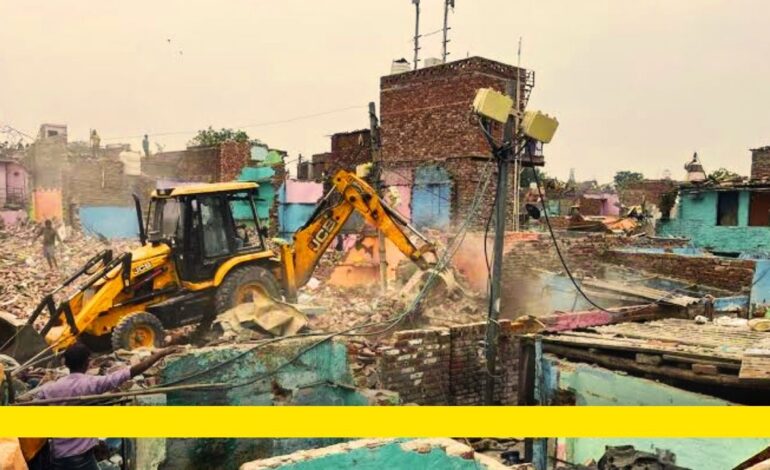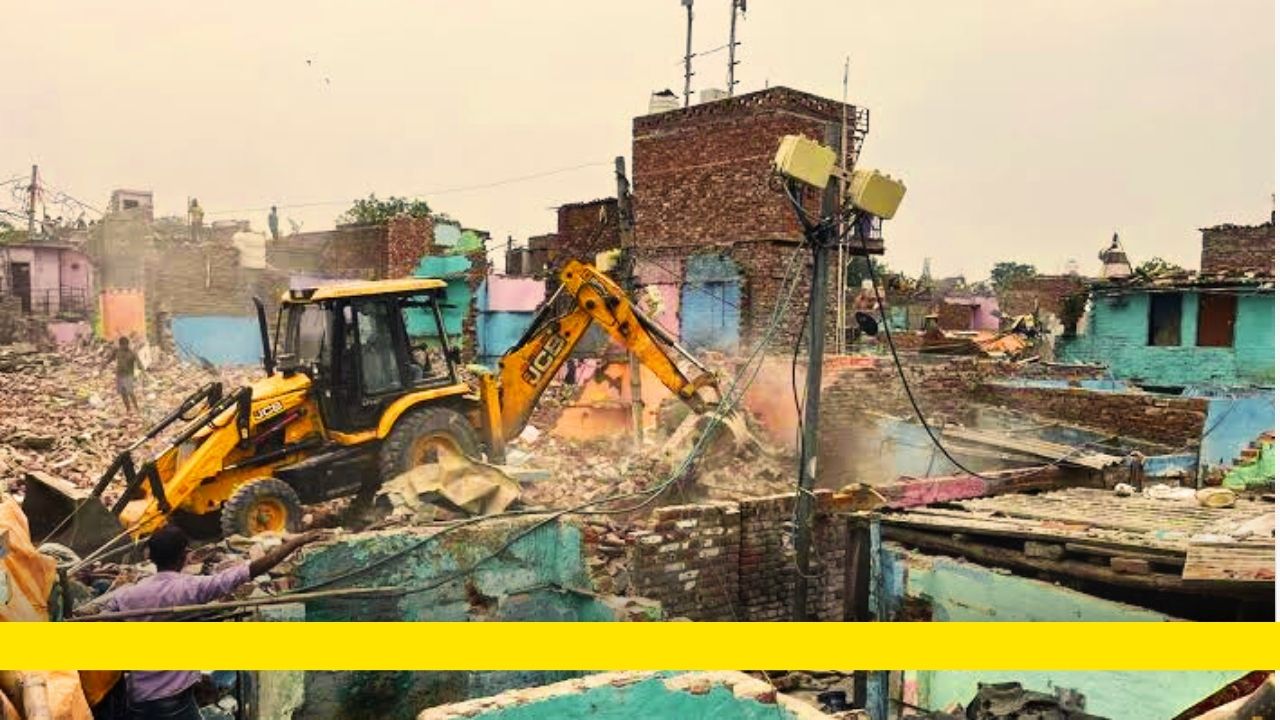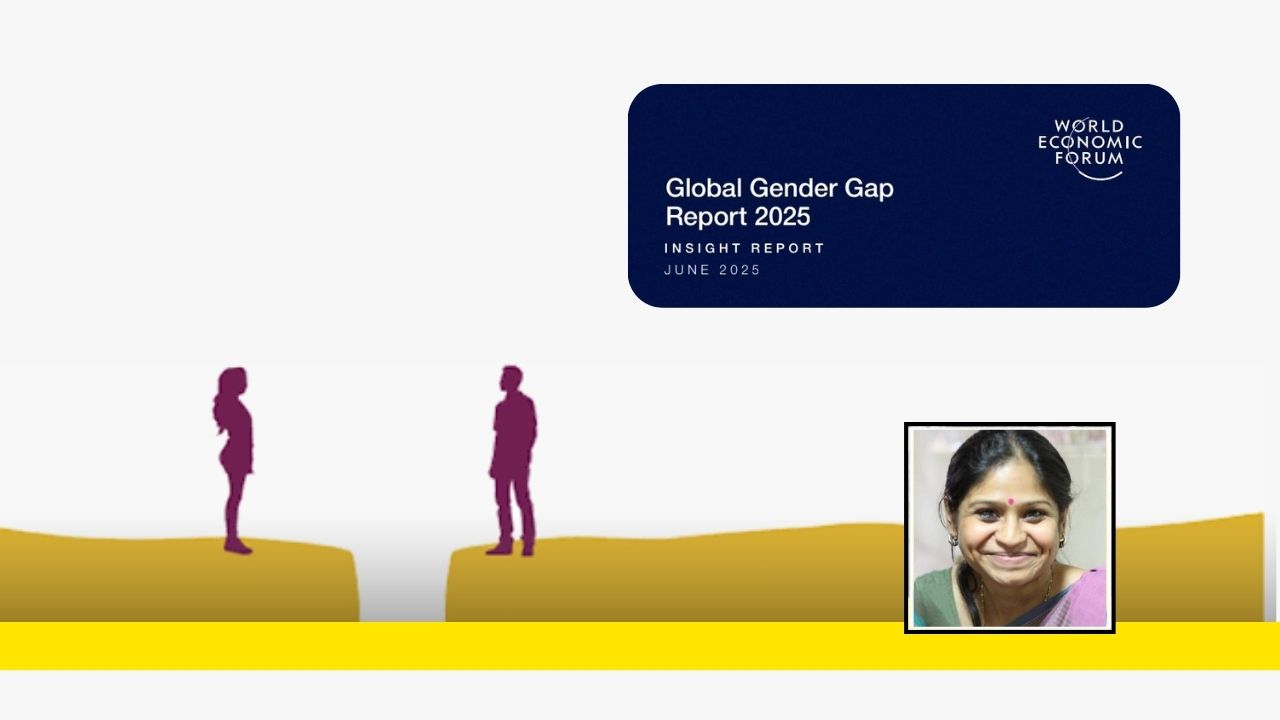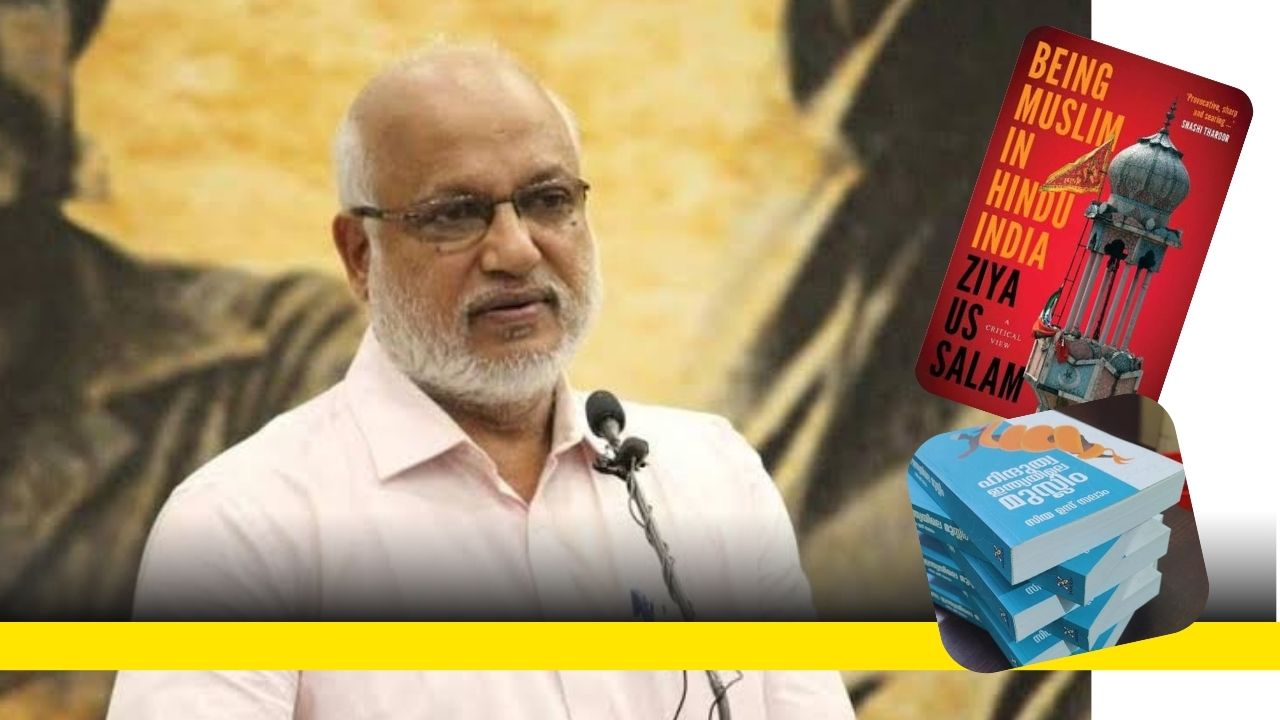India’s Gender Gap Challenge Calls for A Blueprint for Structural Change
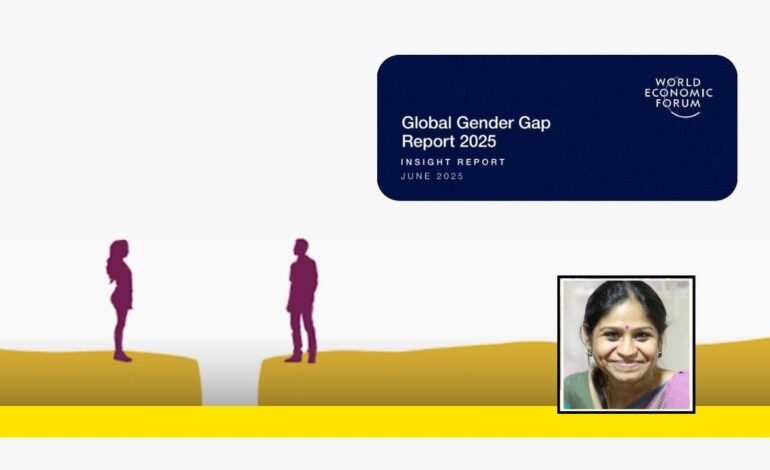
India wants to lead the global economy by 2047—but half its population is dragging behind. The Global Gender Gap Report 2025 ranks India 131 out of 148 countries, exposing not just inequality, but a national crisis hiding in plain sight. This isn’t about women needing to catch up; it’s about a system built to leave them out. From politics to paychecks, education to urban planning, the gaps run deep. If India is serious about growth, it must stop treating gender parity as charity—and start treating it as a strategy. Gender advocacy specialist Dr. Varsha Pillai lays out exactly what that overhaul must look like.
The recently released World Economic Forum (WEF)’s Global Gender Gap Report 2025 delivers a sobering reality check for India: India ranks 131st out of 148 countries, with a gender parity score of 64.1%, despite global strides elsewhere. Despite slight gains in economic participation and education, India continues to struggle to unlock the potential of half its population. The ranking is not a mere statistic but represents a fundamental economic and social crisis that demands urgent, systemic intervention. Let us examine why: India’s gender gap extends beyond the women workforce participation rate, which stands at a dismal 29.9% in terms of earned income parity. It can be seen embedded deep into institutional frameworks that systematically exclude women from decision-making spheres. Women hold just 13.8% of parliamentary seats and a mere 5.6% of ministerial positions, reflecting the entrenched male dominance in India’s power structures.
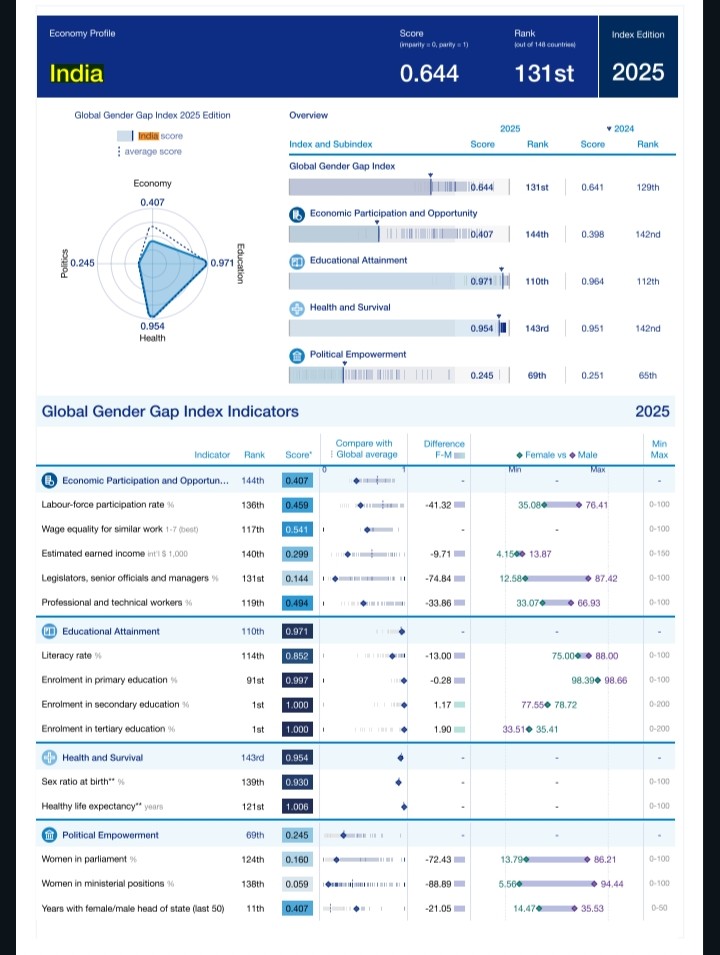
The political underrepresentation unfortunately creates a continued cycle of failure to consistently address women and their lived realities. Globally, women constitute 41.2% of the workforce, however they hold merely 28.8% of leadership positions worldwide. In 2024, Indian women occupied 18.3% of senior leadership roles, a slight decrease from the 2023 peak of 18.7%. The issue is not women’s capability or ambition, but an ecosystem that persistently undervalues their contributions.
Beyond Employment: Reimagining Social Architecture
India’s gender parity efforts remain narrowly focused on employment schemes and quotas, missing the broader task of reforming foundational social structures. True transformation requires dismantling the invisible architecture of inequality shaping every aspect of Indian women’s lives right from childhood to leadership. This also requires that we begin from the education systems as well, for example, educational reform must transcend mere access to challenge curriculums that reinforce gender stereotypes. Educational institutions need to proactively counteract societal messaging that limits any girl’s aspirations in Science, Technology, Leadership and Entrepreneurship. This means training educators to recognize unconscious bias, revising textbooks to include diverse female role models, and establishing mentorship programs that steer young women toward leadership. In fact some states like Kerala have already started doing this and we need more states across the country to follow suit.
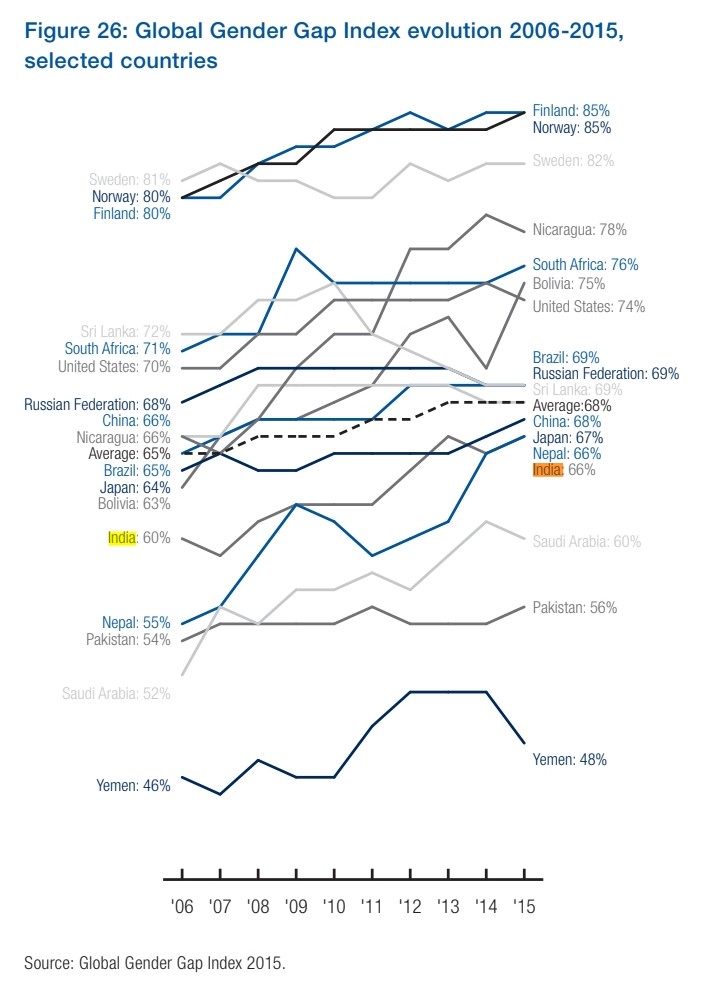
Urban planning must prioritize women’s safety and facilitate mobility through thoughtful infrastructure. Cities designed with women’s needs in mind that focus on adequate streetlights, accessible public transportation, childcare facilities near workplaces and safe public spaces, often directly impact women’s economic participation. When women feel secure moving through urban environments results in enhanced professional opportunities expand exponentially.
Workplace transformation requires more than maternity leave policies. Organizations need comprehensive support systems including flexible working arrangements, on-site childcare, equal parental leave and zero-tolerance harassment policies. These changes aren’t corporate social responsibility initiatives, rather they are strategic investments in talent retention and productivity.
The Political Will Imperative
Gender parity is not yet treated as the economic emergency it is. Yet research consistently shows that countries with higher gender equality experience faster economic growth, greater innovation, and more resilient societies. India’s demographic dividend—its large young population—remains half-spent when women are systematically excluded from productive participation. The Women’s Reservation Bill passed in 2023 after 27 years of legislative delays, promises change where it states that there will be reservation of one-third of parliamentary and legislative seats, albeit in 2029. Even before WRB’s implementation, political parties can voluntarily field more women candidates—an immediate, tangible show of commitment to equality.
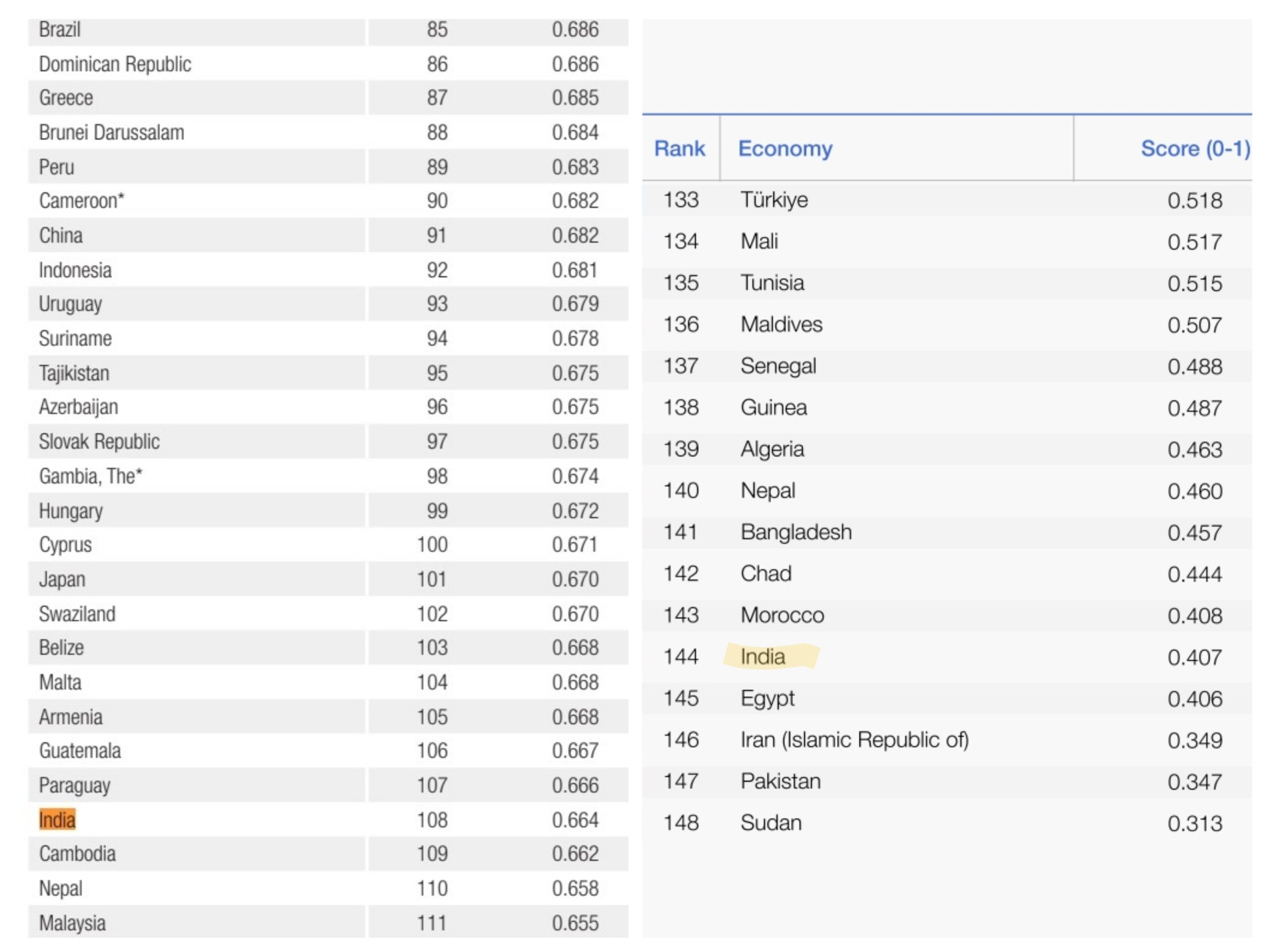
Cultural Reengineering: The Ultimate Challenge
India needs deliberate cultural reengineering that challenges fundamental assumptions about gender roles. Media must evolve beyond glorifying female sacrifice and start showcasing stories of women’s leadership, ambition, and success. Entertainment, advertising and news coverage also shape societal perceptions; all such platforms need to actively counteract stereotypes that limit women’s potential. Family norms, especially those rooted in son preference, demand intentional change.Men must be encouraged to share childcare and domestic duties, support women’s careers, and celebrate daughters as enthusiastically as sons. Not all these changes need legislative influence, most of these require sustained social dialogue and role-modeling by influential figures. When respected voices within communities’ advocate for women’s education, professional participation and leadership, social change accelerates.
The Economic Imperative
India’s goal of becoming a developed economy by 2047 is incompatible with persistent gender inequality. Countries that have achieved sustained prosperity—from Nordic nations to East Asian tigers—prioritized women’s economic participation as a development cornerstone. India cannot afford to waste half its human capital while competing in a knowledge-based global economy. The demographic window is closing. India’s working-age population advantage will diminish within decades. Maximizing this advantage requires full utilization of both male and female talent. Each year of inaction bleeds trillions in lost economic potential.
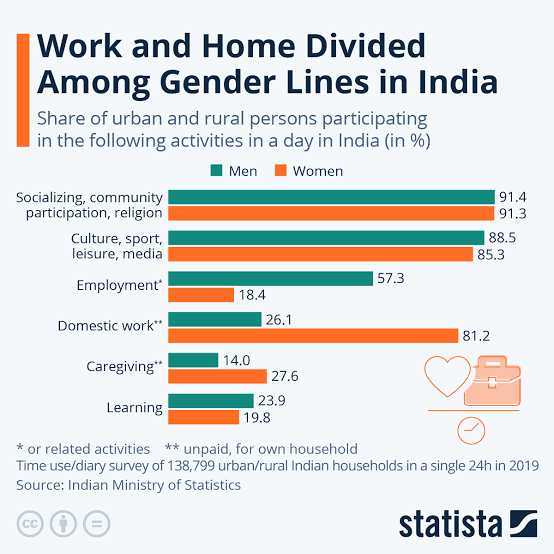
India’s gender gap demands an ecosystem-wide approach—addressing legal, economic, educational, infrastructural, and cultural systems in tandem. Now we need coordinated action across government levels, private sector leadership, civil society engagement and individual behavior change. Most importantly, we need for gender equality to be viewed not as a women’s issue but as a national economic priority that determines India’s global competitiveness. The choice is clear: India must embrace radical change to unlock its full potential. The demographic dividend is fleeting.



